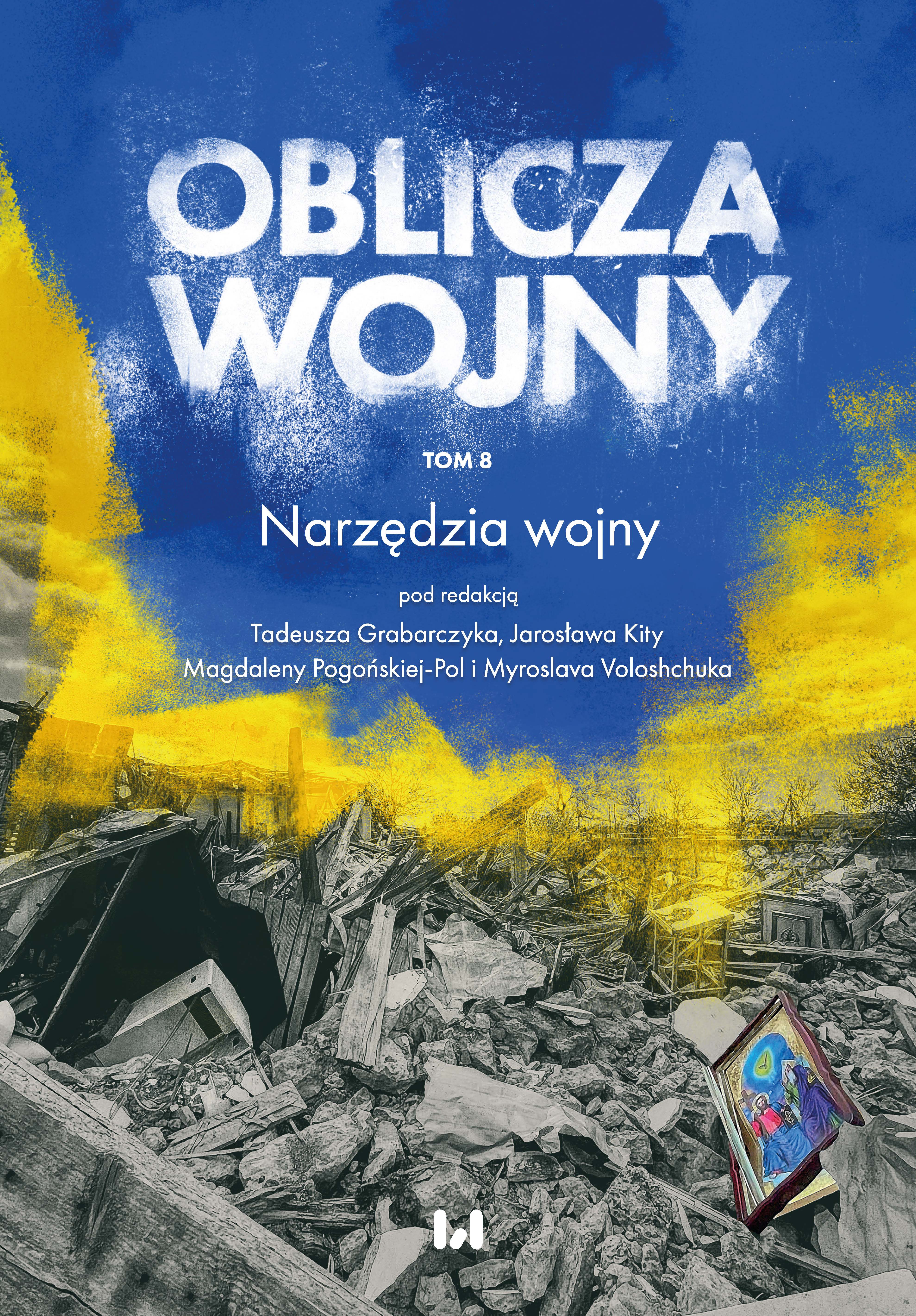„РІКИ ТЕЧУТЬ МОЛОКОМ, А НА ДЕРЕВАХ РОСТЕ КОВБАСА” АБО ЯК АГІТУВАЛИ УКРАЇНЦІВ ЗАХІДНОЇ БОЙКІВЩИНИ ПЕРЕСЕЛЯТИСЬ У СТЕПОВІ РЕГІОНИ УРСР 1951 Р.
THE „RIVERS FLOW WITH MILK AND SAUSAGE GROWS ON TREES” OR HOW UKRAINIANS FROM WESTERN BOYKIVSHCHYNA WERE AGITATED TO MOVE TO STEPPE REGIONS OF THE USSR IN 1951
Author(s): Oleksandr Kolomyychuk
Subject(s): History, Military history, Political history
Published by: Wydawnictwo Uniwersytetu Łódzkiego
Keywords: Ukraine; Boykivshchyna; resettlement; agitation; agitators; Soviet Union
Summary/Abstract: The article is devoted to the activities of Soviet authorities in Western Boykivshchyna in 1951 that aimed to encourage people to move to the south and east of Soviet Ukraine. At the same time the dissemination of communist ideology among the inhabitants of Western Boykivshchyna should have to prepared people for future life in the southern and eastern regions of Ukraine. Deportation was the result of the Polish-Soviet border adjustment treaty (territorial exchange) since 15 February 1951. It has led to consequences: more than 32 000 Ukrainians without their consent were resettled to the south and east of USSR. Before winter – spring of 1951 Soviet agitators constantly were telling about „Soviet paradise”, where fields and milk are distributed, the sausages and lard hang on the fences, bread is greased with butter every day, and people eat meat not only on holidays. For this fables people were gathered in local clubs and reading rooms, where they were given lectures and showed films about the abundance under the Soviet power. Then they were choosing delegations among local people to visit the village in the places of future resettlement. The delegations were being showed houses connected to electricity, fat cows on green pastures, endless fields and the abundance of food. Young people, who first went to new places of residence, were given the task of building a housing for future waves of displaced persons. A large part of the arrived young people saw for their own eyes all the realities of post-war reconstruction under the conditions of communism in the lands there, and they were cautioning about it their families in different ways, were asking them not to leave their home land. In general, the inhabitants of Western Boykivshchyna region did not believe the agitators and didn’t want to leave their native land. This fact just more convinced the Soviet authorities in inevitability of the force resettlement.
Book: Oblicza Wojny, t. 8, Narzędzia wojny
- Page Range: 187-203
- Page Count: 18
- Publication Year: 2023
- Language: Ukrainian
- Content File-PDF

